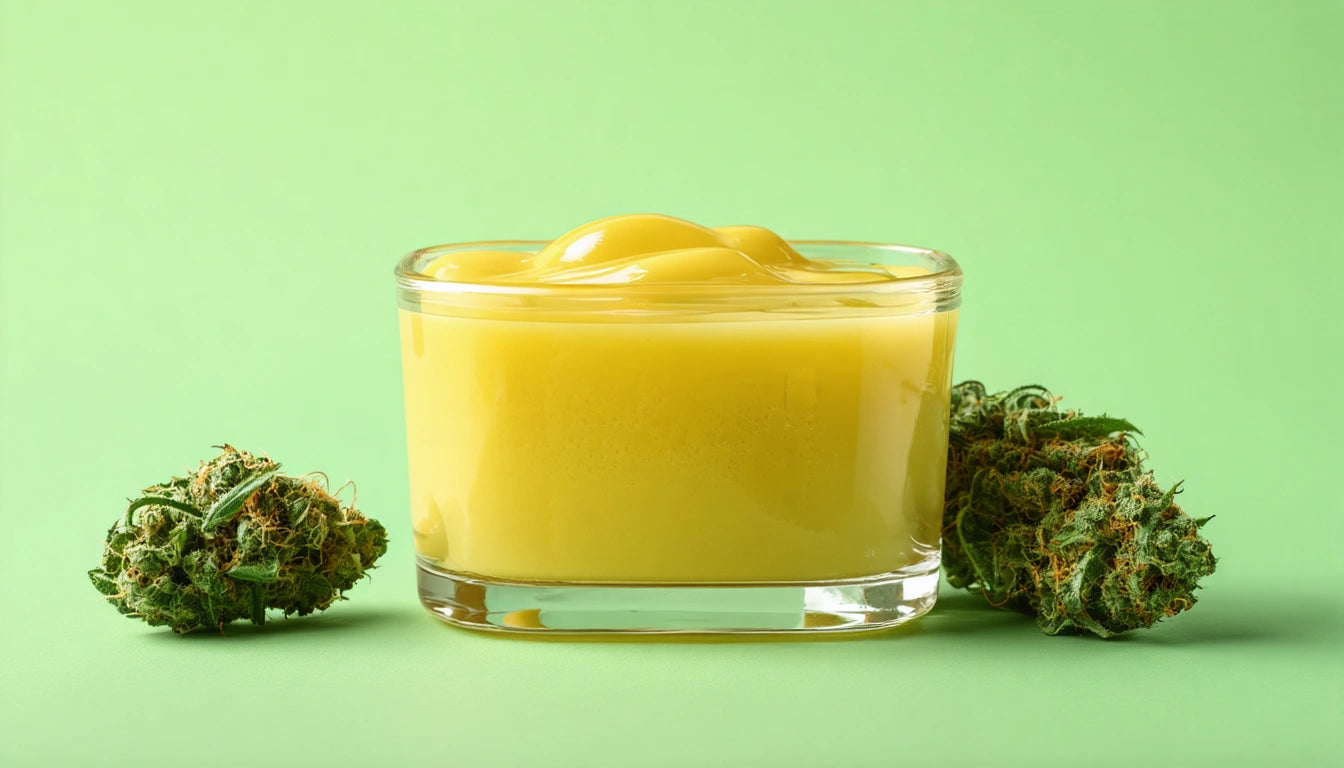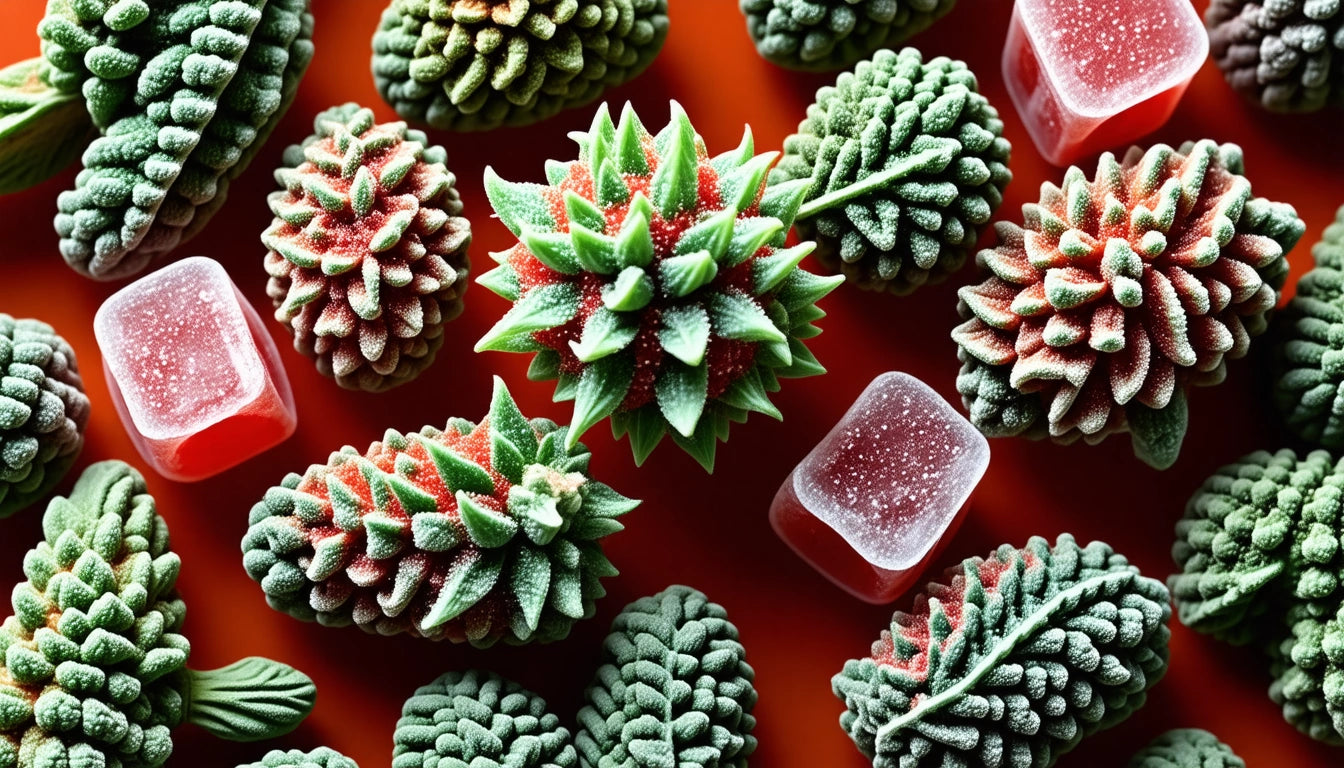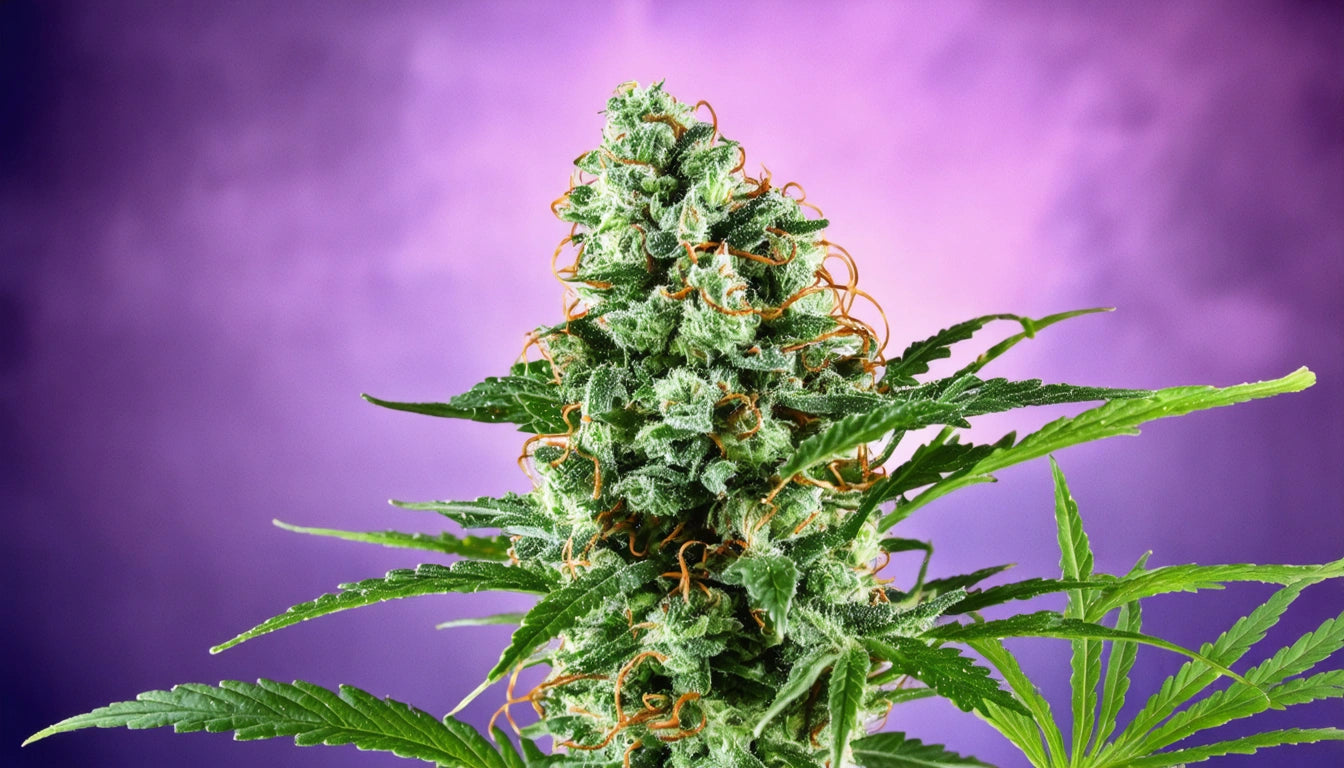Table of Contents
The Ultimate Guide to Making and Using Cannabutter and Canna-Infused Products
Cannabutter serves as the foundation for countless cannabis edibles, offering a versatile way to incorporate the benefits of cannabis into food. Whether you're wondering how to make cannabutter for brownies or seeking to create potent cannabutter for therapeutic purposes, this comprehensive guide covers everything from basic preparation to advanced techniques.
Understanding Cannabutter Basics
Cannabutter is simply butter infused with activated cannabis. The process involves extracting cannabinoids like THC and CBD from plant material into the fat molecules of butter. This extraction creates a versatile cooking ingredient that can transform ordinary recipes into cannabis-infused treats.
Before diving into preparation methods, it's important to understand decarboxylation. This chemical process activates the cannabinoids through heat, converting THCA to THC and CBDA to CBD. Without this crucial step, your cannabutter won't deliver the desired effects.
Essential Ingredients & Equipment
Ingredients:
- 1 cup (2 sticks) of unsalted butter
- 7-14 grams of ground cannabis (depending on desired potency)
- Water (optional, for temperature regulation)
Equipment:
- Baking sheet and parchment paper (for decarboxylation)
- Medium saucepan or slow cooker
- Thermometer (for temperature monitoring)
- Cheesecloth or fine mesh strainer
- Storage container
For consistent results, proper cannabis preparation is essential. Using quality grinding equipment ensures uniform particle size for optimal extraction and prevents unwanted plant material in your final product.
Step-by-Step Cannabutter Preparation
1. Decarboxylation Process:
Preheat your oven to 240 °F (115 °C). Grind your cannabis to a medium consistency, spread evenly on a parchment-lined baking sheet, and bake for 30-40 minutes, stirring occasionally. The cannabis should turn light to medium brown and feel dry to the touch.
2. Stovetop Method:
Learning how to make cannabutter on the stovetop is straightforward. Melt butter in a saucepan over low heat (ideally between 160-180 °F). Add decarboxylated cannabis and simmer for 2-3 hours, stirring occasionally. Never let the mixture boil, as excessive heat degrades cannabinoids.
3. Straining and Cooling:
Line a fine mesh strainer with cheesecloth and place over a container. Pour the butter mixture through, allowing it to strain naturally without squeezing (which can add unwanted plant flavors). Refrigerate until solid, then drain any excess water.
Alternative Infusion Methods
Slow Cooker Method:
Many enthusiasts prefer learning how to make crock pot cannabutter for its simplicity and consistency. Set your slow cooker to low (around 160 °F), add butter and decarboxylated cannabis, and let it infuse for 4-6 hours, stirring occasionally.
Instant Pot Method:
For those wondering how to make cannabutter in an Instapot, this method offers speed and efficiency. Use the "Slow Cook" setting on low, combine ingredients, and infuse for 2-3 hours with the lid slightly vented.
Each method has advantages, as detailed in our comparison of cannabutter techniques, allowing you to choose based on your equipment and time constraints.
Storage and Shelf Life
Proper storage significantly impacts how long cannabutter lasts. Store in an airtight container in the refrigerator for up to 2 weeks or freeze for up to 6 months. For detailed preservation techniques, consult our guide on best practices for storing cannabutter.
Consider portioning your cannabutter before freezing for convenient dosing. Ice cube trays or silicone molds work well for creating pre-measured amounts.
Cooking with Cannabutter
Learning how to cook with cannabutter opens up endless culinary possibilities. Substitute cannabutter in any recipe that calls for regular butter, keeping these tips in mind:
- Start with lower temperatures (under 340 °F) to preserve cannabinoids
- Begin with small amounts to gauge potency
- Consider the flavor profile, as cannabutter has a distinct taste
For those wondering how to make brownies with cannabutter, simply substitute the regular butter or oil in your favorite recipe with an equivalent amount of cannabutter. Our guide to cannabutter recipes offers tested formulations for consistent results.
Beyond Cannabutter: Other Cannabis Infusions
Cannabis-Infused Oil:
Learning how to make cannaoil follows similar principles to cannabutter but uses oil (coconut, olive, etc.) instead of butter. This option works well for dairy-free diets and certain cooking applications. See our comprehensive guide on canna oil for specific instructions.
Cannabis Sugar:
For those interested in how to make canna sugar, the process involves infusing alcohol with cannabis, combining with sugar, and evaporating the alcohol. This creates versatile, infused sugar for beverages and baking.
Cannabis Honey:
Learning how to make cannahoney involves gentle heating of honey with decarboxylated cannabis. This creates a natural sweetener perfect for teas and desserts.
Dosage and Potency Considerations
Determining the potency of homemade cannabutter can be challenging. The strength depends on:
- Cannabis potency (THC/CBD percentage)
- Quantity used relative to butter
- Efficiency of your extraction process
For consistent results when making potent cannabutter, consider these approaches:
- Start with small test doses of finished products
- Keep notes on your recipe ratios and results
- Consider commercial testing for precise potency information
For those new to cannabis edibles, remember that effects take longer to manifest (30-90 minutes) and last longer than other consumption methods.
Maximizing Your Cannabutter Experience
As you develop your skills in making cannabutter and infused products, consider these advanced tips:
- Experiment with different strains for varied effects and flavor profiles
- Consider water curing cannabis before infusion to reduce plant taste
- Keep detailed records of methods, temperatures, and results
- Explore adding complementary herbs and spices during infusion
Whether you're making cannabutter with 2 grams for a small batch or creating a larger supply, these principles remain consistent. With practice, you'll develop a reliable process for creating consistent, effective cannabutter for all your culinary creations.
For additional resources on ingredients, measurements, and costs, visit our comprehensive guide on cannabutter economics.











Leave a comment
All comments are moderated before being published.
This site is protected by hCaptcha and the hCaptcha Privacy Policy and Terms of Service apply.